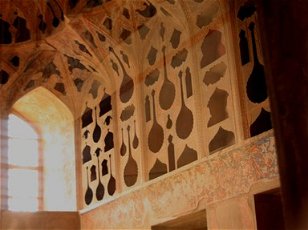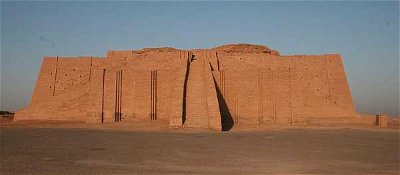
History of Ancient and Medieval Persia
Situated mainly in present-day Iran, ancient Persia was a powerhouse that competed with the likes of the Greeks, Romans, Egyptians, and Babylonians. Average, 10 Qns, trident,
Nov 04 23

 History students commonly learn that the Behistun Inscription aided in the decoding of cuneiform. However, what else is known about this amazing artifact? Let's see what you know!
History students commonly learn that the Behistun Inscription aided in the decoding of cuneiform. However, what else is known about this amazing artifact? Let's see what you know! |
|
 See if you can answer these 10 questions related to the history and kings of ancient Persia.
See if you can answer these 10 questions related to the history and kings of ancient Persia. |
|
 Quick Question
Quick Question = Top 5% Rated Quiz,
= Top 5% Rated Quiz,
 Top 10% Rated Quiz,
Top 10% Rated Quiz,
 Top 20% Rated Quiz,
Top 20% Rated Quiz,
 A Well Rated Quiz
A Well Rated Quiz
· All questions, answers, and quiz content on this website is copyright FunTrivia, Inc and may not be reproduced without permission. Any images from TV shows and movies are copyright their studios, and are being used under "fair use" for commentary and education.